The political turmoil arising from the assassination of Alexandros V would eventually lead to large scale conflict known as the first Macedonian Civil War. It would become a defining moment for the Macedonian Empire as the satraps each declared their allegiance to a different claimant to the throne. The war would end with the usurper taking the throne and the true heir ruling an independent India.
The account below is written by the Greek historian Antipatros
Prelude
To understand the reasons for the decline of Alexandros' legacy we need to look back to the rule of Alexandros V as the seeds were already sowed during his reign. After his father died during the Indian rebellions he was forced to continue the conflict even when a new front opened as the western Greek city states declared their independence. Having seen so much conflict arise from the lack of unity in the empire, Alexandros V decided to focus on stablising the realm. He granted religious rights to many beliefs in the realm and even adopted Buddhist beliefs, including the practice of non-violence.
These peaceful policies, however, did not sit well with everyone, especially the megas satrapes of Egypt, Ptolemaios III, who had lost a lot of his western territories during the city states independence war. He foolishly ignored Alexandros V's commands and decided to try to reclaim what was lost. As Alexandros himself did not participate in the war this ended in a loss for the Egyptian satrap who was then stripped of his title.
Although it was never confirmed, many of us believe that the assassination of Alexandros V was orchestrated by Ptolemaios III as he succeeded in regaining his title with the support of Perdikkas IV, the pretender to the throne. With the various satraps declaring their allegiance to either Perdikkas IV or the rightful heir Philippos IV, a civil war became unavoidable.
Beginning
Choosing Sides
The entirety of the Egyptian territories had declared itself for the pretender but many more had also joined Perdikkas' cause. Many of the smaller satraps were discontent with the latest reforms that were bound to continue under the rightfull heir, Philippos IV. Especially in the Persian region, many satraps joined forces with Perdikkas in the hopes of keeping the Greek culture and religion as dominant. Others joined the pretender as they saw him as the more capable candidate to rule the empire.
First conflicts
Ptolemaios III had managed to convince the satrap of Babylon to join on Perdikkas side which allowed them to effectively force the megas satrapes of Persia to flee eastward. With their closest enemy stuck near Persepolis and India unable to effectively send reinforcements, the troops of Perdikkas were free to engage Macedonian territories in Asia Minor.
Philippos himself marched his armies over the
Hellespontos into Asia, trying to push the usurper back. Not long after the opposing armies first clashed near
Perge from which Perdikkas emerged victorious. This defeat forced the true heir to return to Macedonia to regain his strength. With his enemy out of the way Perdikkas defeated the opposing satraps in Asia Minor one by one.
Retaliation
As a response to the blight caused by his brother, Philippos sent out his fleet southwards where he managed to bring Krete and Kypros back into the fold. Afterwards he sailed directly to Egypt to strike at the heart of his enemy. Due to the siege on Alexandria, Perdikkas was tempted to march his armies back.
However, this victory for Philippos was not long lasting, as Perdikkas had secretly turned several city states in the Greek mainland. Philippos had choice but to return to ensure that no armies could march to the Macedonian capital.
Greece
The battles in mainland Greece quickly escalted as the city states not only started to pick sides, some even tried to regain their independence. From this group Sparta was by far the most influential and managed to win several other cities from the Peleponnesos for its cause.
During this period of turmoil Perdikkas also set foot in the region and attempted to get a foothold to march to the capital. This endeavour was successful until the armies met near
Amphiopolis. Luckily for Philippos the march on the capital was stopped as he won the battle and forced the enemy's army back.
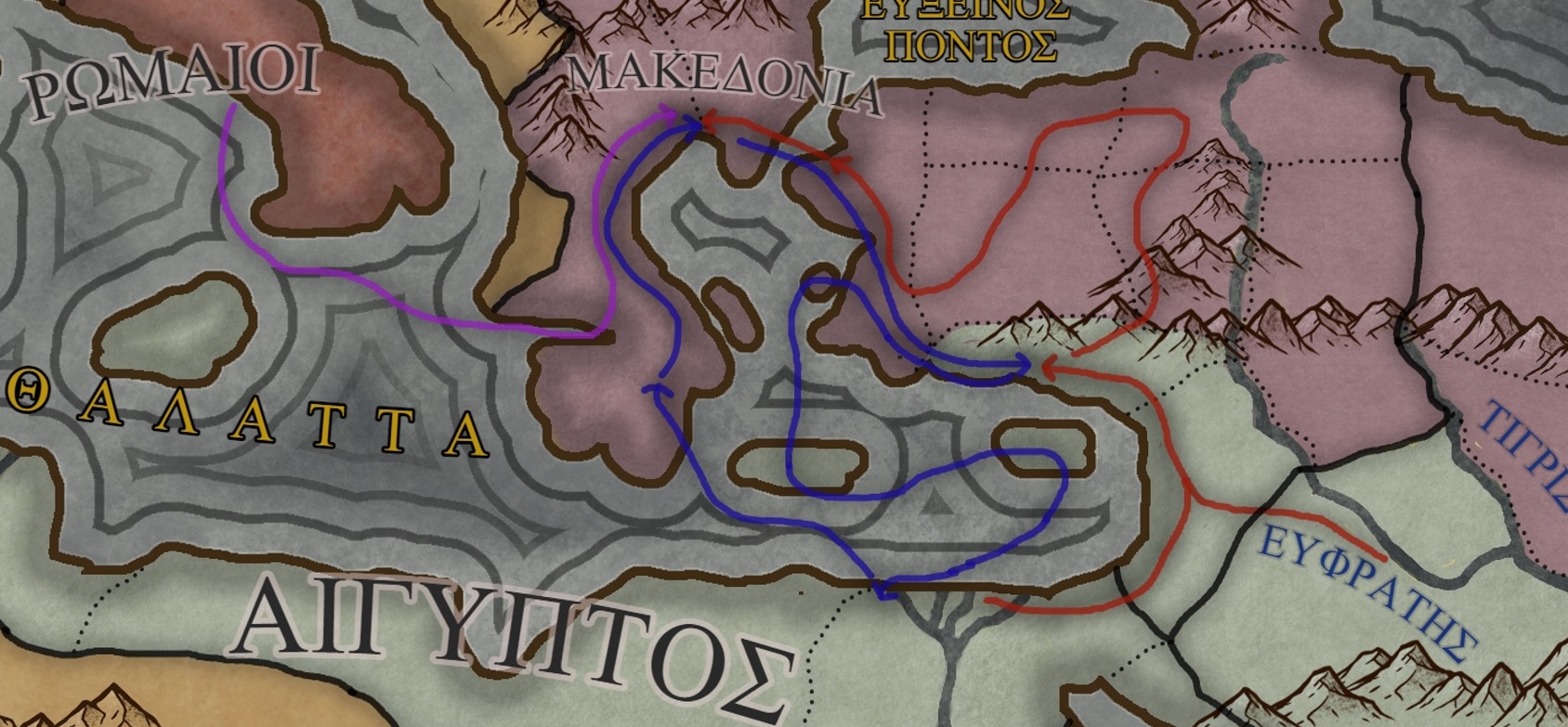
by kefkejaco with Inkarnate
Rome's involvement
To honour the alliance made with Alexandros V Rome entered the Macedonian civil war on the side of Philippos IV. At first they helped with the defence of Greece but after the situation improved they send their armies to northern Africa to take hold of territories belonging to the Egyptian satrap.
After almost reaching
Alexandria Karchedon, Rome was forced to return to Italia as enemy troops were deployed in southern Italy.
Persia
After the first conflicts in Asia Minor and Greece the majority of the war would take place in Persia. India and Persia had managed to merge their armies and headed west to reclaim Babylon. Chaos ensued in the region as armies clashed with victories and defeats at both sides. The conflict in the region would go on for more than 5 years until the course of the war changed in one instant.
Philippos Death
During the battle near Opis one of the largest clashes between Philippos and Perdikkas occurred. Although at first it seemed that Philippos would claim victory, he was suddeny struck by an arrow. His allies tried to aid him but he was beyond help. With its leader gone the generals decided to retreat which led to many casulaties during the army's rout.
After Philippos dead his son Pausanias became the new true heir, but seeing his father's defeat in battle more satraps switched to Perdikkas side. The loss of many allies forced Pausanias to flee to India where he still had many supporters due to his conversion to
Graeco-Buddhism.
Independent India
When Philippos died Rome looked for a way out of the war and made an agreement with Perdikkas. Rome was allowed to maintain some of its conquered territories. In return Rome agreed to an end of the hostilities and a non agression pact. This allowed Perdikkas to focus on trying to take India from Pausanias.
When he arrived in India and secured his position, Pausanias declared India independent from the larger Macedonian Empire and prepared a defence. The Egyptian satrap at the time, Ptolemaios IV, decided to let his armies remain in Egypt as he believed Perdikkas had not kept his promise to restore his lands. Because of this Perdikkas was forced to go to India with less troops.
When Perdikkas armies arrived they were unable to penetrate far past the Indos river. The last years of the war would take place around western India but would eventually end with Perdikkas retreating to Persia. After many years of fighting Perdikkas made peace and allowed India to gain its independence.

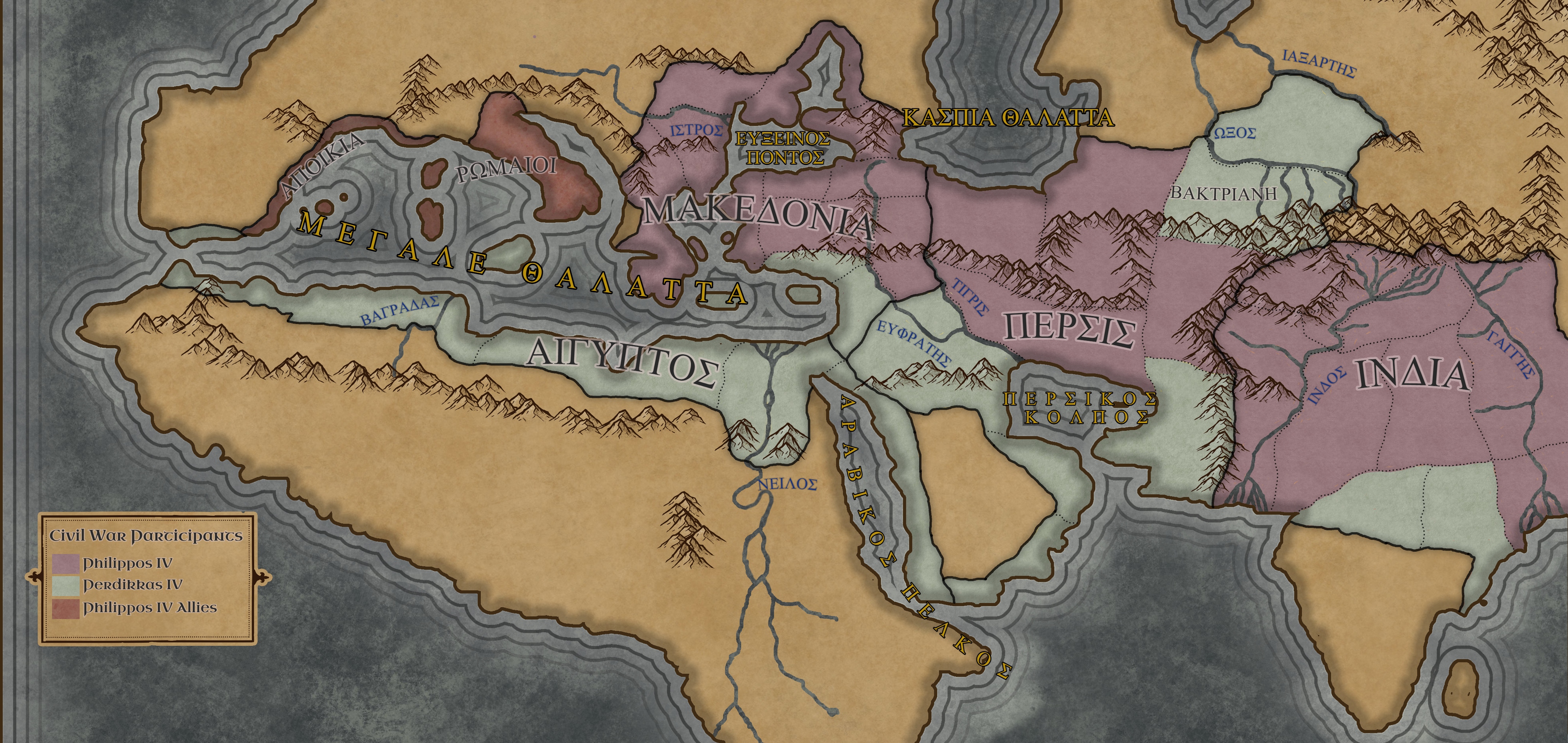

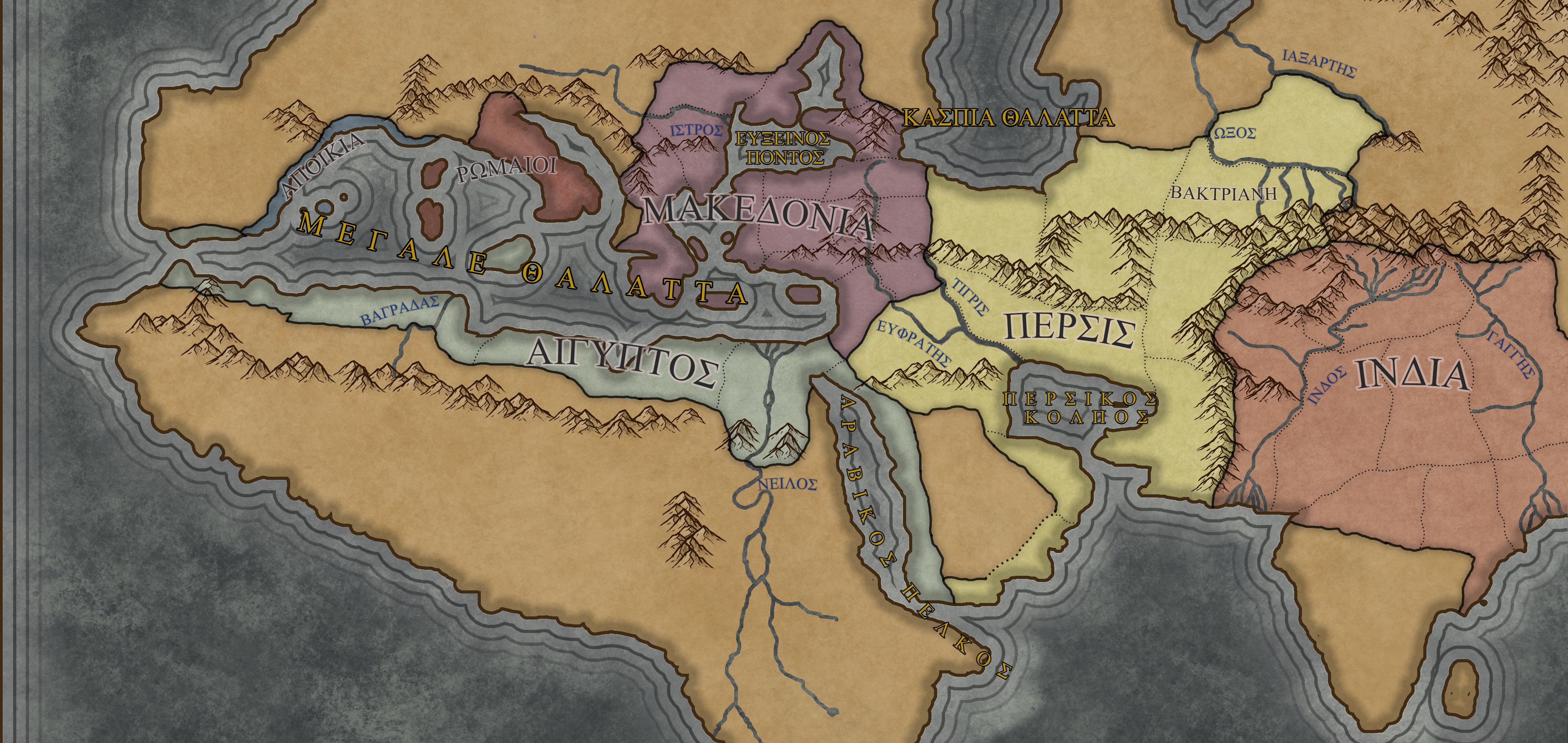
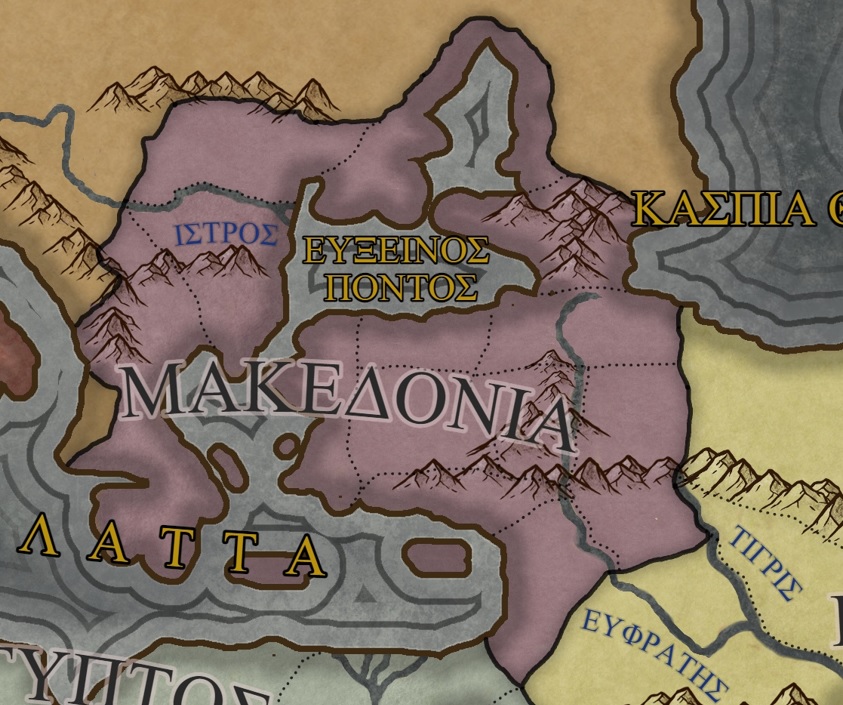
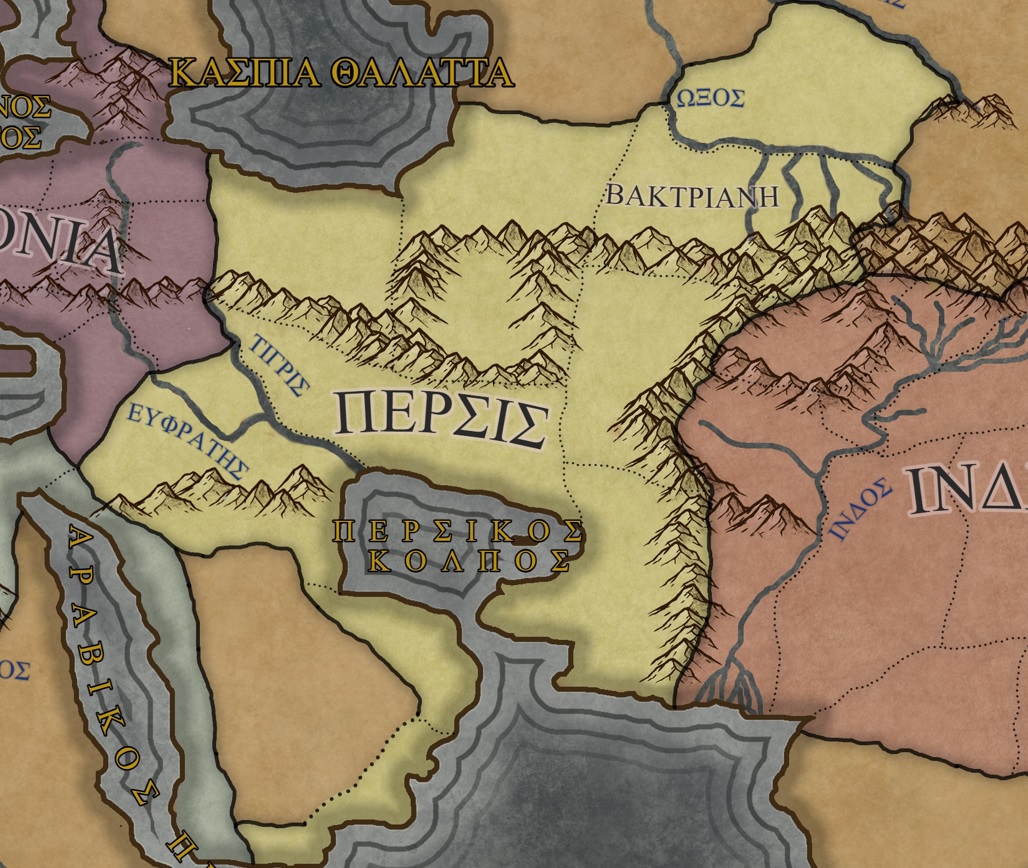
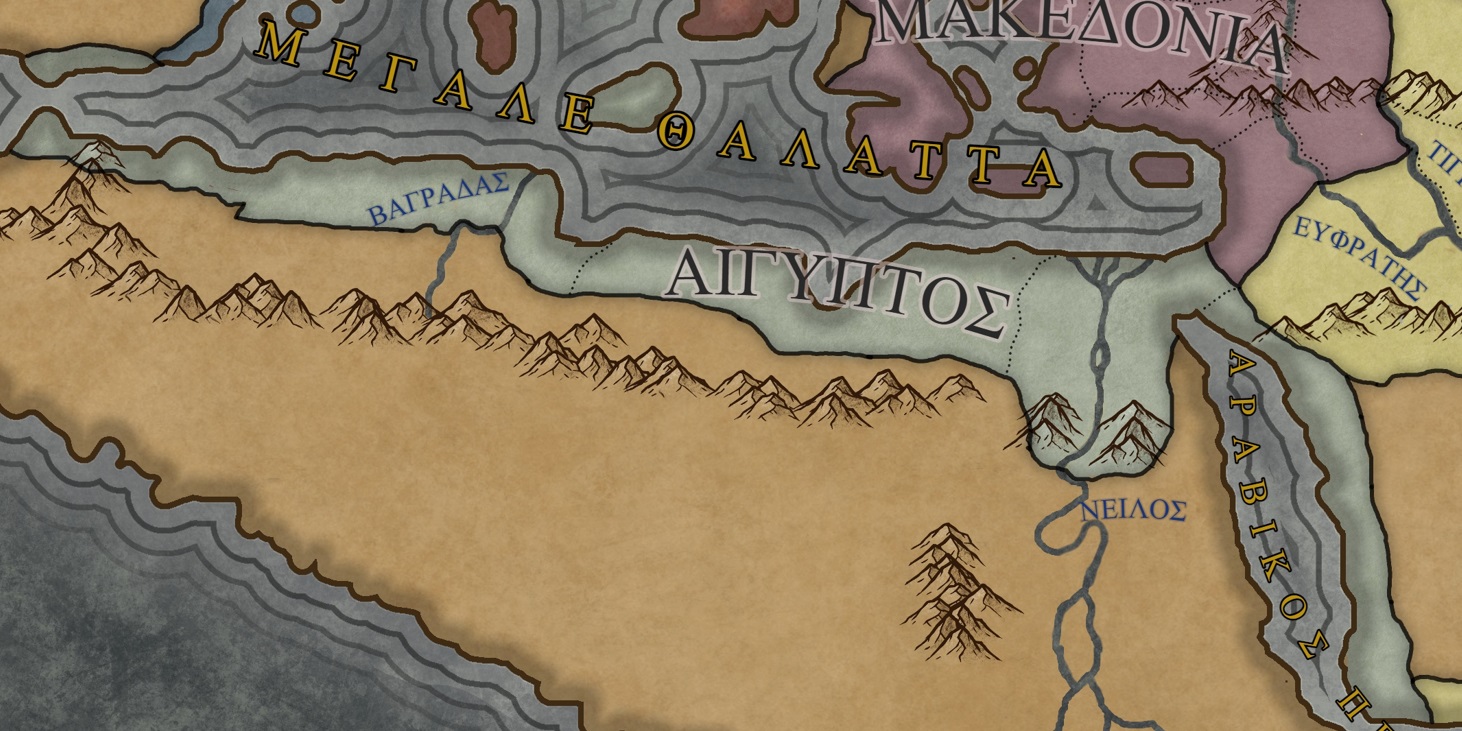
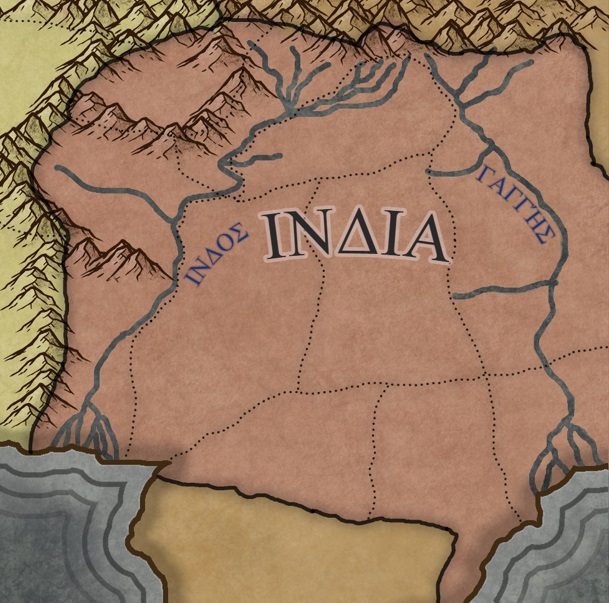



Great write up of all the moving piece. I sometimes get confused reading conflict articles, but I didn't reading yours. :D
Thanks! Glad that it was easy to follow :D